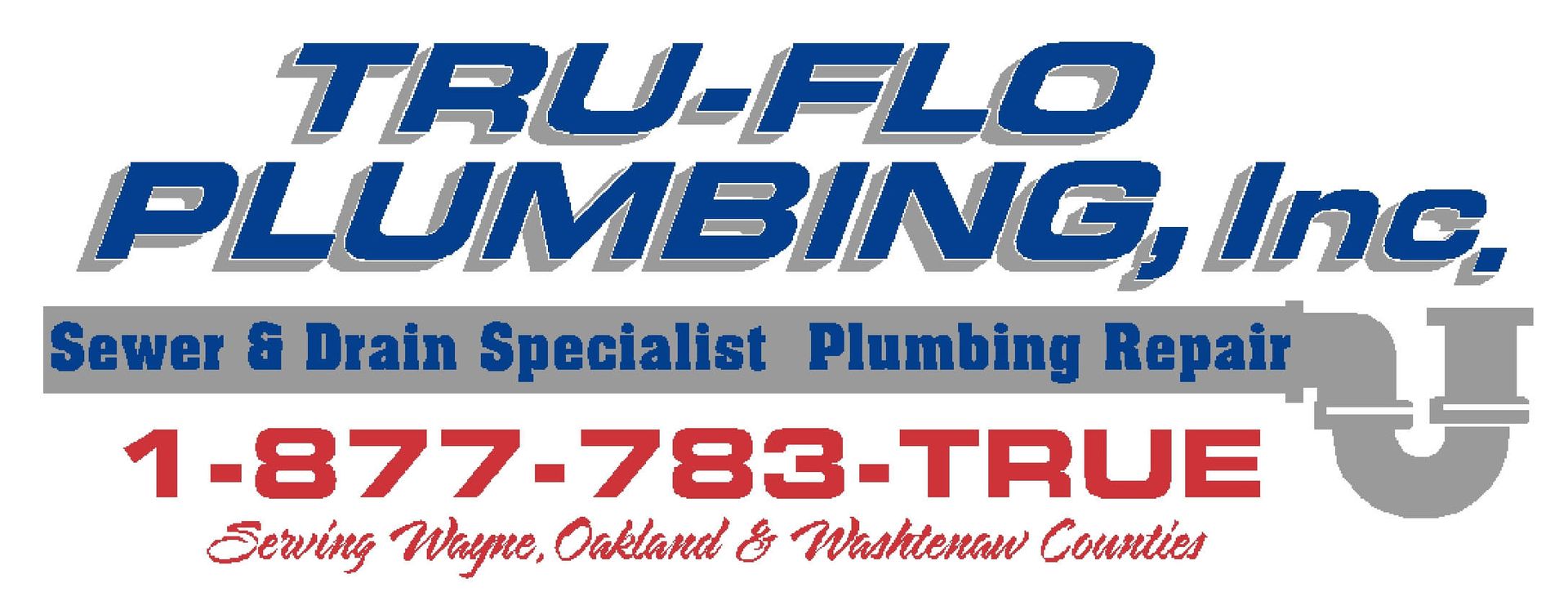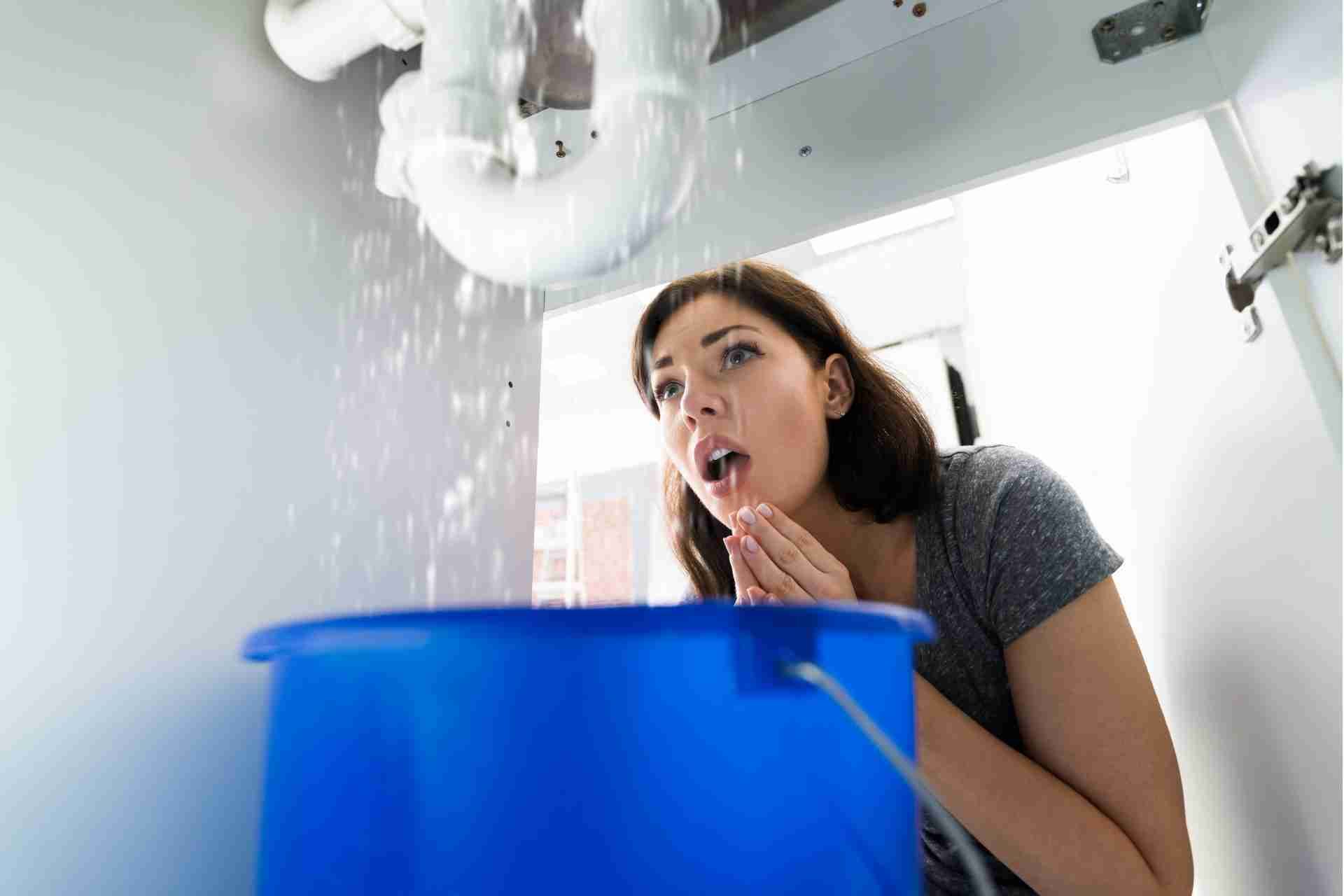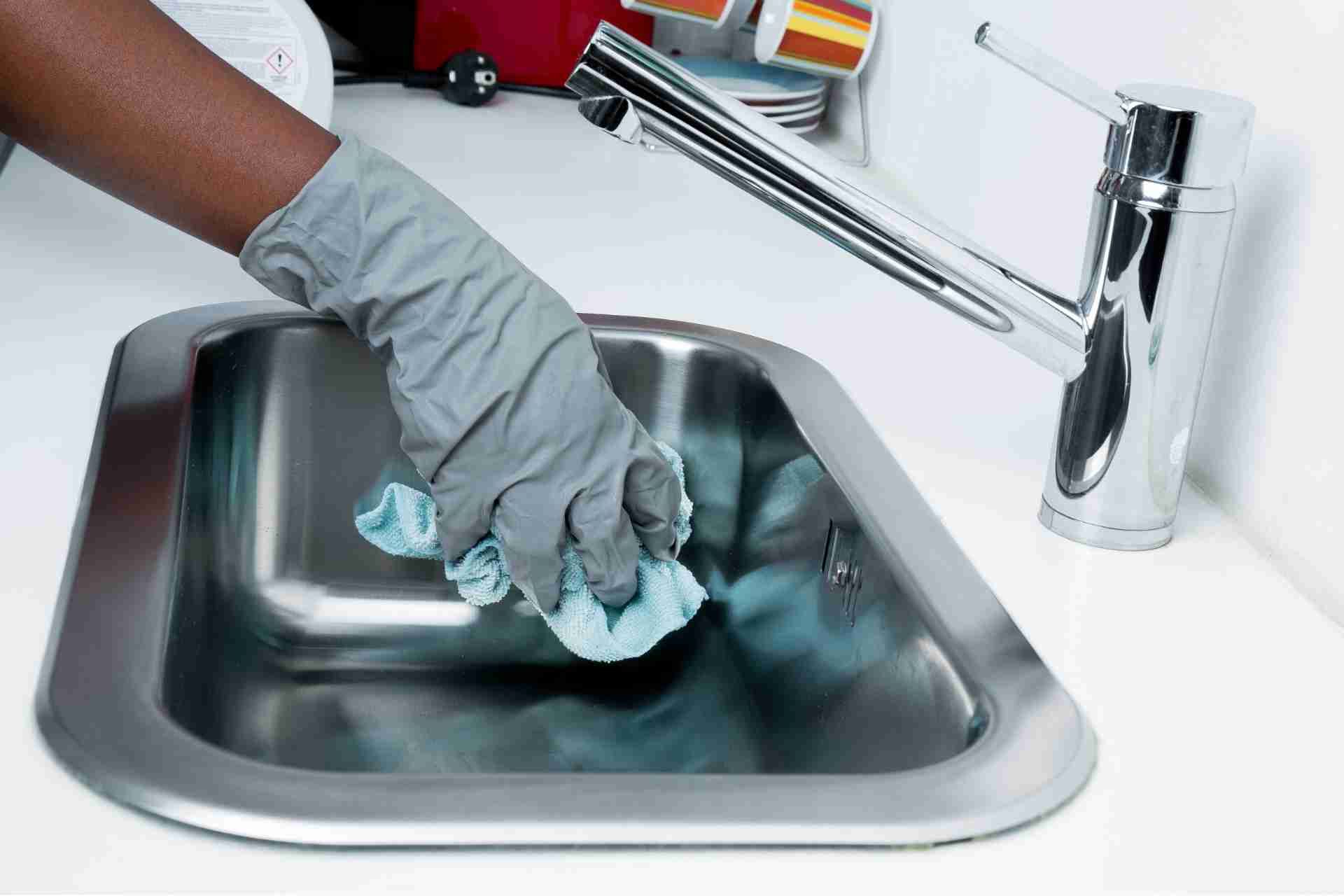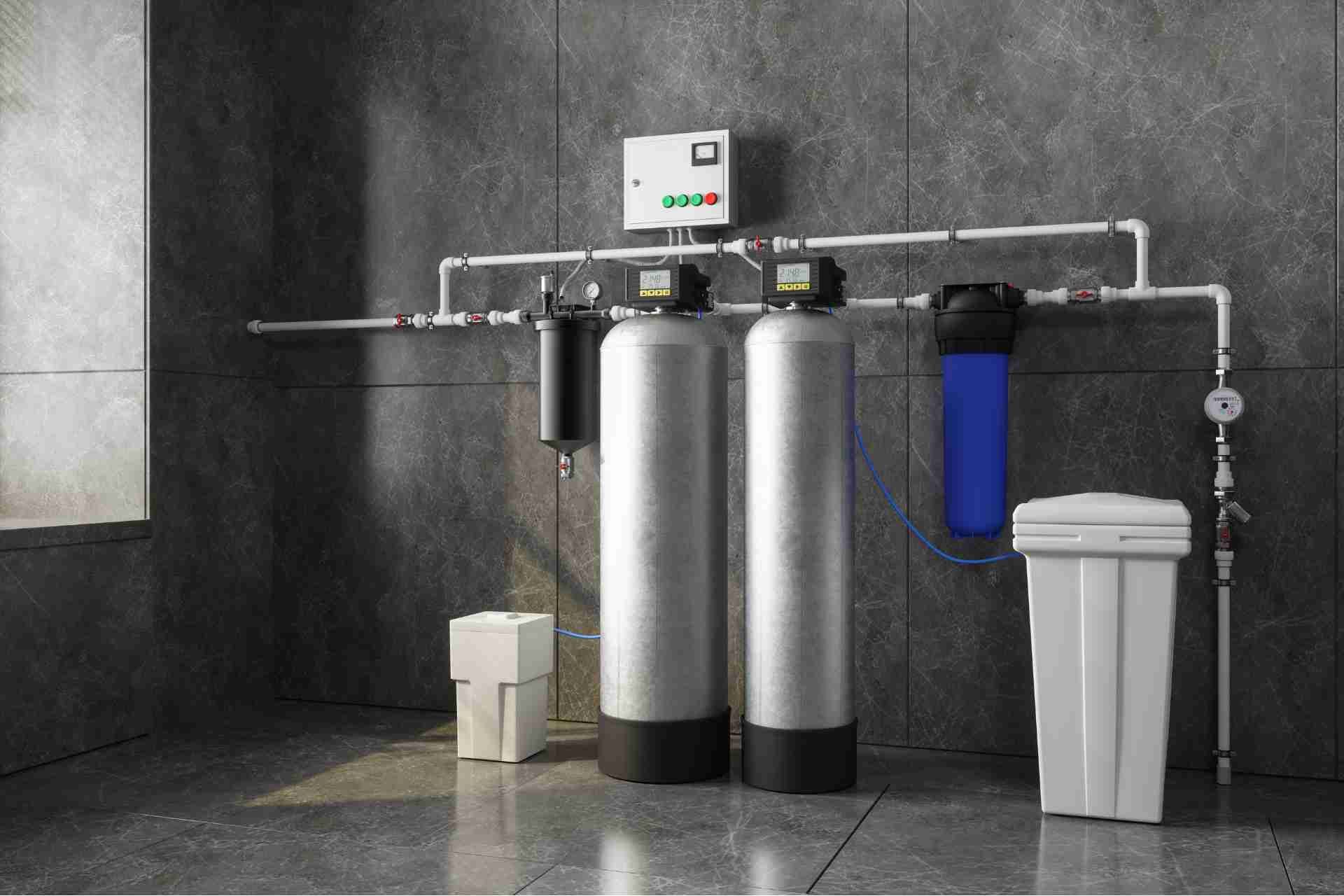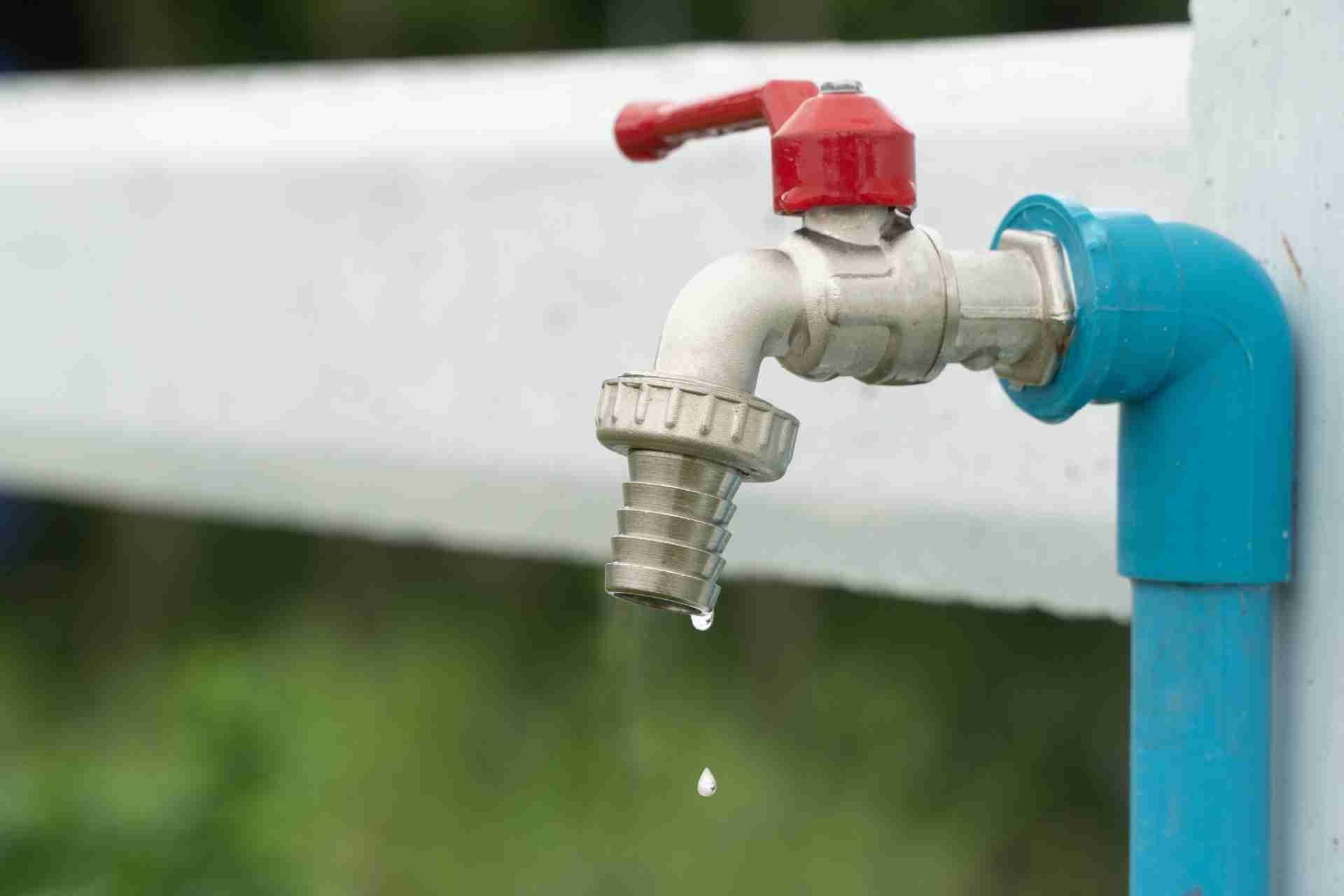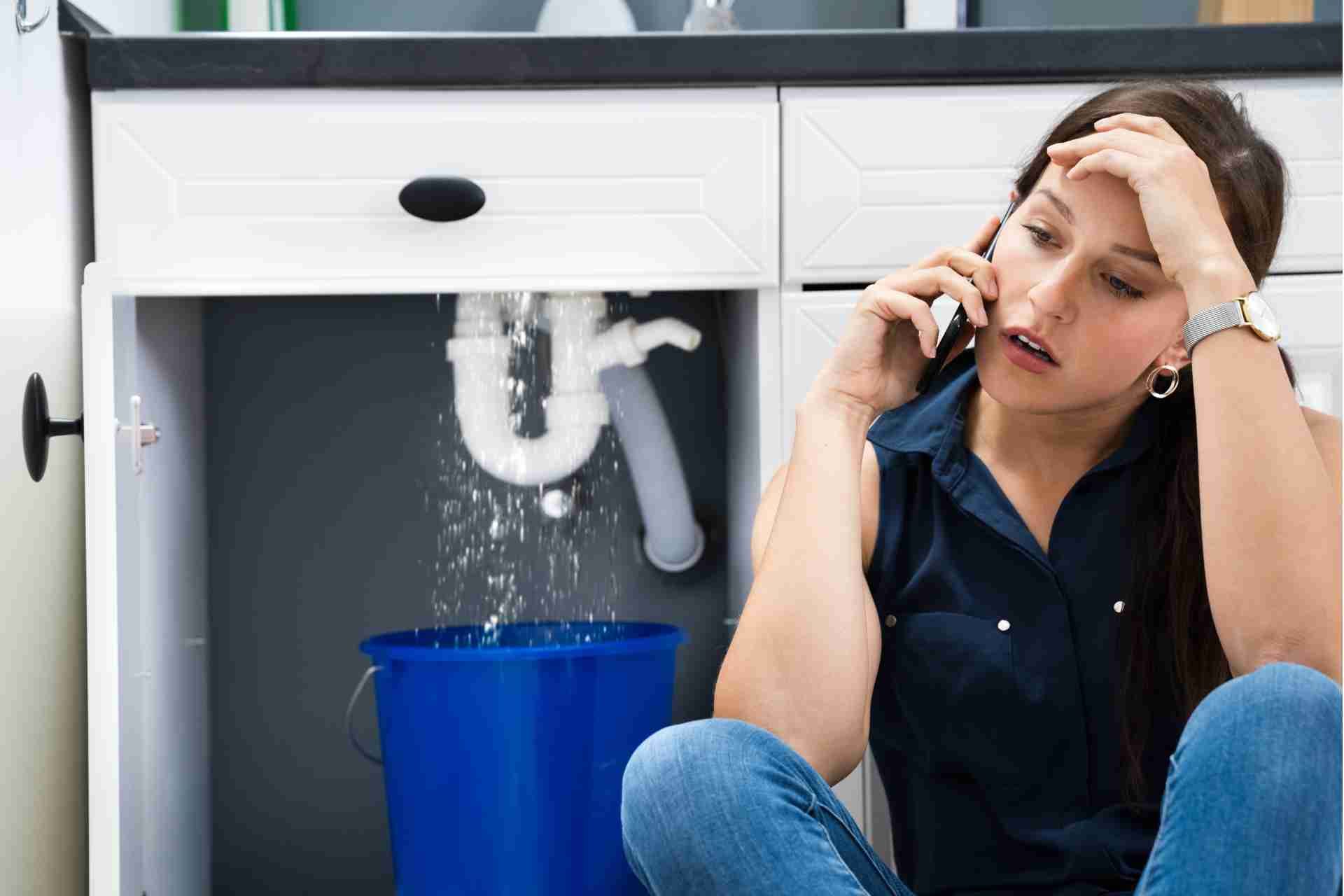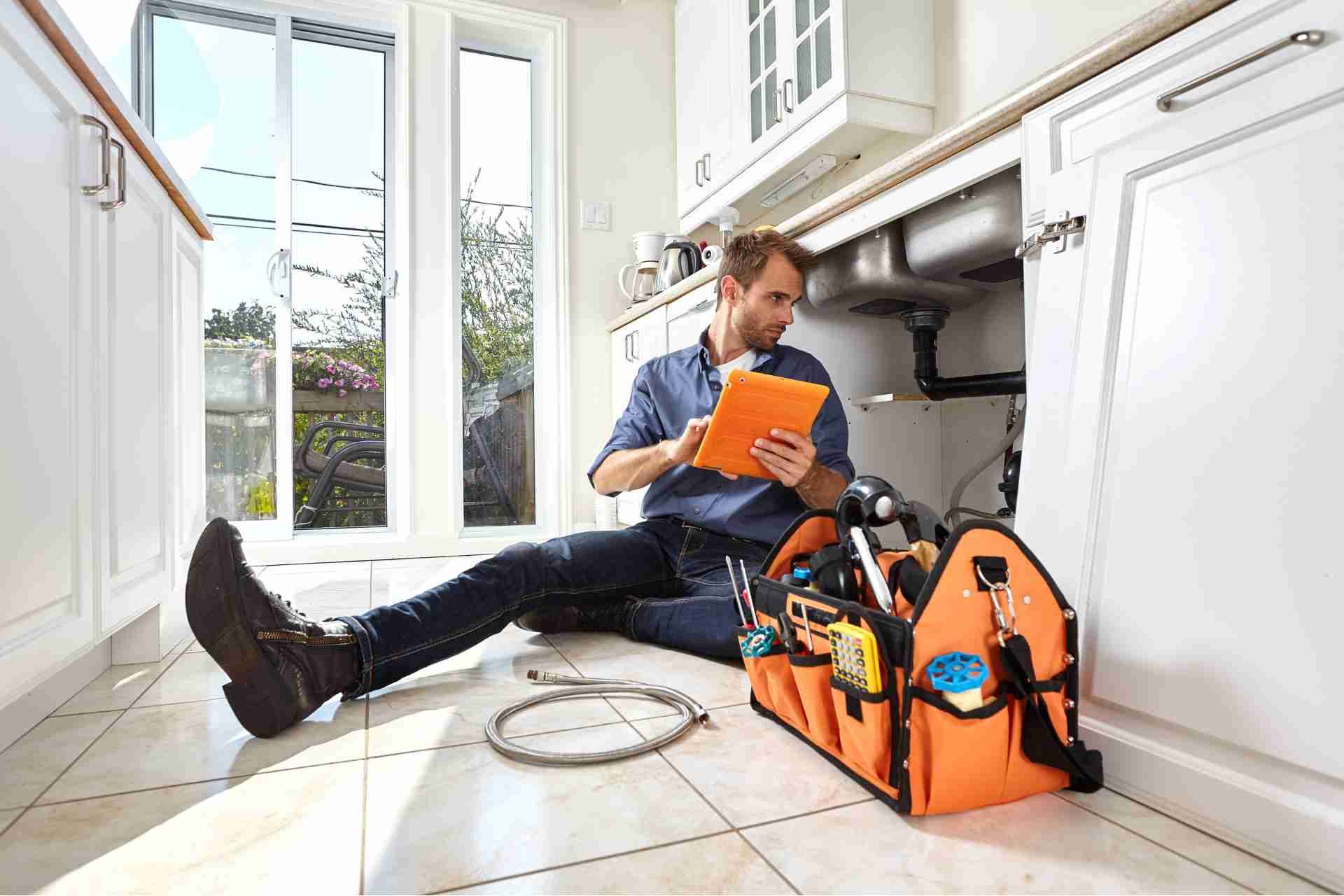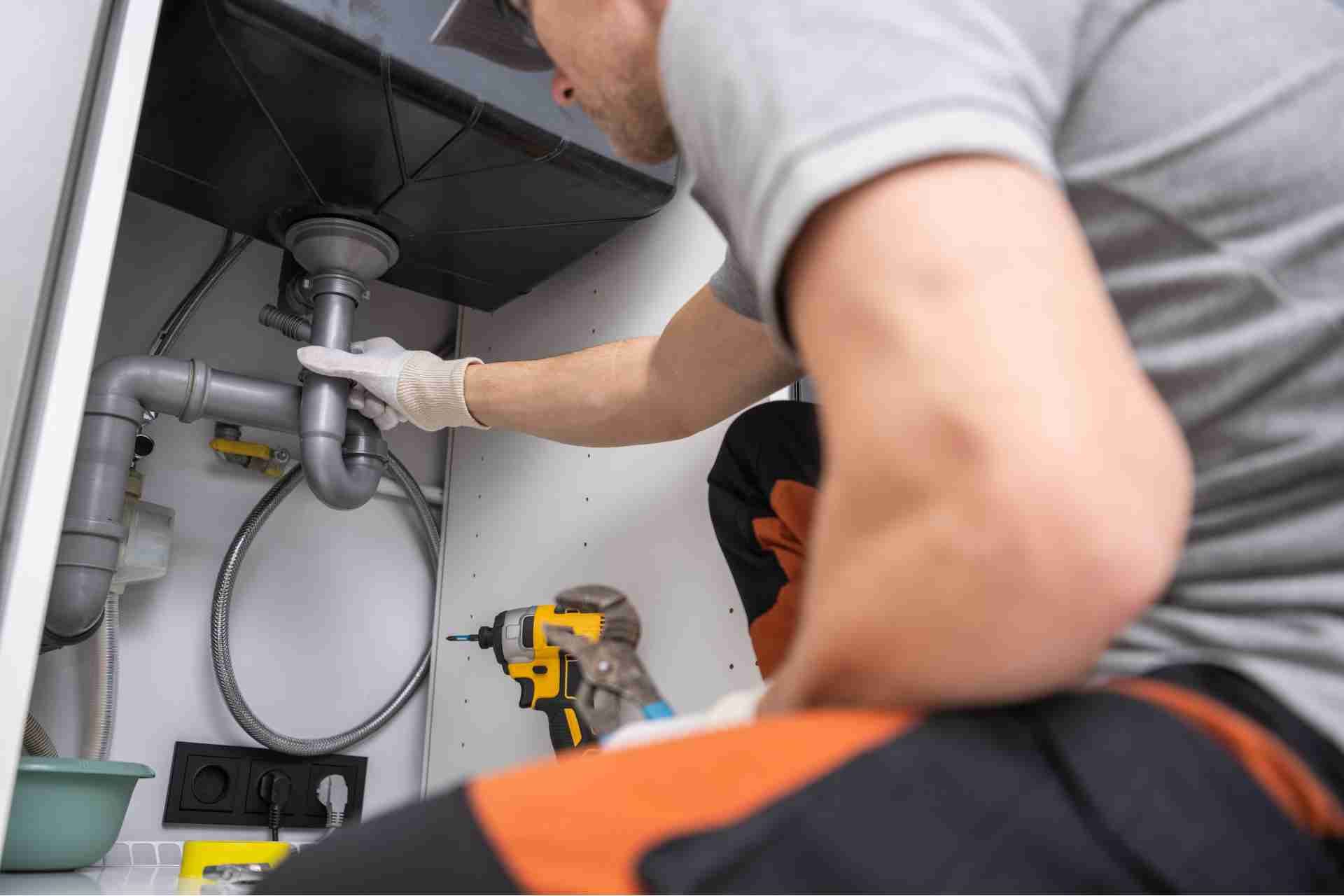DIY Plumbing Fixes Every Homeowner Should Know

Every homeowner should know a few basic DIY plumbing fixes to keep their home running smoothly. From fixing a leaky faucet to unclogging a stubborn drain, these tasks can save you time and money. You might think these issues are best left to professionals, but tackling them yourself can be straightforward. Let's explore some essential plumbing skills that can empower you to handle common problems with confidence.
Fixing a Leaky Faucet
If you've ever been annoyed by the constant drip of a leaky faucet, you're not alone.
Fortunately, fixing it's often a straightforward task. First, turn off the water supply to avoid any mess.
Then, remove the faucet handle by unscrewing it, exposing the cartridge or washer. If it's a cartridge faucet, pull out the cartridge and replace it with a new one.
For compression faucets, check the washer for wear and tear; if it's damaged, swap it out for a new one.
Reassemble the faucet and turn the water supply back on.
You'll be amazed at how a small fix can save you money on your water bill and restore peace to your home!
Unclogging a Drain
When a drain gets clogged, it can be incredibly frustrating, but you can tackle it with some simple tools and techniques.
First, grab a plunger. Make sure there's enough water in the sink or tub to cover the plunger's cup. Create a tight seal and pump vigorously for about 30 seconds.
If that doesn't work, try a plumber's snake. Insert it into the drain and twist while pushing it further down until you feel resistance. This often breaks up the clog.
For minor clogs, you can also pour a mixture of baking soda and vinegar down the drain. Let it sit for 15 minutes, then flush with hot water.
With a bit of patience, you can usually clear the blockage yourself!
Repairing Running Toilets
After tackling a clogged drain, you might encounter another common issue: a running toilet. This can waste a lot of water and inflate your bill.
First, check the flapper valve at the bottom of the tank. If it's worn or not sealing properly, replace it.
Next, inspect the fill valve; it may be set too high, causing water to overflow into the overflow tube. Adjust the float to lower the water level if necessary.
Finally, ensure the chain connecting the flapper and flush handle isn't too tight or too loose. A quick fix here can stop the running.
With these simple steps, you can restore your toilet's efficiency and save money on your water bill!
Replacing a Showerhead
While a refreshing shower can set the tone for your day, a worn or outdated showerhead can turn that experience into a disappointment.
Replacing it's a straightforward DIY project that can significantly enhance your shower experience. Start by turning off the water supply and using a wrench to loosen the old showerhead.
Once it's removed, clean the threads on the pipe to ensure a tight seal. Apply plumber's tape to the threads and screw on the new showerhead, tightening it by hand first, then with the wrench—just don't overdo it.
Turn on the water and check for leaks. With this simple upgrade, you'll enjoy a revitalizing shower that meets your needs and boosts your bathroom's appeal.
Sealing Pipe Leaks
A small leak in your pipes can lead to big problems if not addressed promptly.
First, locate the source of the leak. Dry the area thoroughly and inspect the pipe for damage. If it's a minor leak, you can use pipe joint compound or epoxy putty. Simply apply the product over the leak, smoothing it out to ensure a tight seal.
For larger leaks, consider using a rubber patch and hose clamps as a temporary fix. Wrap the rubber around the leak, securing it with the clamps to tighten. Don't forget to turn off the water supply before starting.
Finally, monitor the area for any signs of recurring leaks to prevent further damage. Regular checks can save you from costly repairs down the line.
Clearing a Clogged Garbage Disposal
When your garbage disposal gets clogged, it can disrupt your kitchen routine, but you can often fix the issue quickly.
First, turn off the disposal and unplug it for safety. Use a flashlight to check for any visible obstructions. If you spot food debris, use tongs to remove it.
Next, try resetting the disposal by pressing the red reset button, usually located on the bottom. If that doesn't work, place a wrench in the bottom of the disposal to manually turn the blades.
After clearing the blockage, run cold water through the disposal while it's on to flush out any remaining bits.
Regular maintenance, like running it with ice cubes, can help prevent future clogs.
Installing a New Toilet
Installing a new toilet can seem daunting, but with the right tools and a bit of preparation, you can tackle the job yourself.
Start by gathering essential tools: a wrench, screwdriver, and a new wax ring.
First, turn off the water supply and flush the old toilet to empty the tank. Disconnect the water line and remove the old toilet by unscrewing the bolts.
Clean the area before placing the new wax ring on the flange. Position the new toilet over it, ensuring it sits evenly. Secure it with bolts, reattach the water line, and turn the water back on.
Finally, test your installation by flushing and checking for leaks. You've just upgraded your bathroom!
Winterizing Your Plumbing System
After upgrading your toilet, it's important to prepare your plumbing for winter.
Start by draining all outdoor faucets and hoses to prevent freezing. Be sure to shut off the water supply to these fixtures and drain any remaining water.
Next, insulate any exposed pipes in unheated areas, like basements or attics, using foam pipe insulation or heat tape.
Don't forget to check your water heater; setting it to a lower temperature can save energy.
Additionally, if you're leaving your home for an extended period, consider draining your plumbing system entirely. This simple step can prevent costly repairs from burst pipes.
Conclusion
By mastering these DIY plumbing fixes, you're empowering yourself to handle common household issues with confidence. From fixing leaky faucets to unclogging drains, these skills can save you both time and money while keeping your home in top shape. Remember, regular maintenance can prevent bigger problems down the line, so don't hesitate to roll up your sleeves and tackle these tasks. With a bit of practice, you'll be a plumbing pro in no time!
